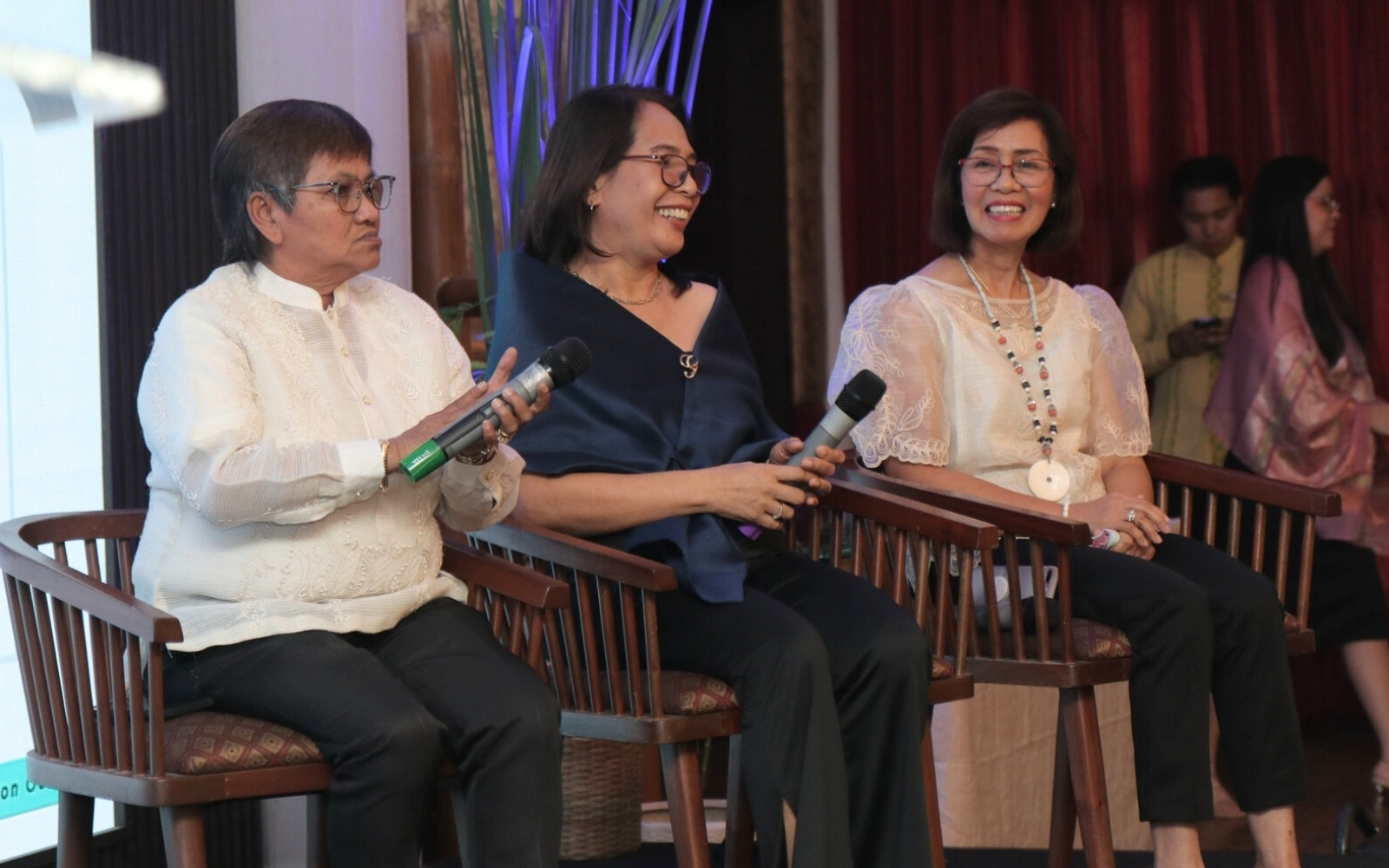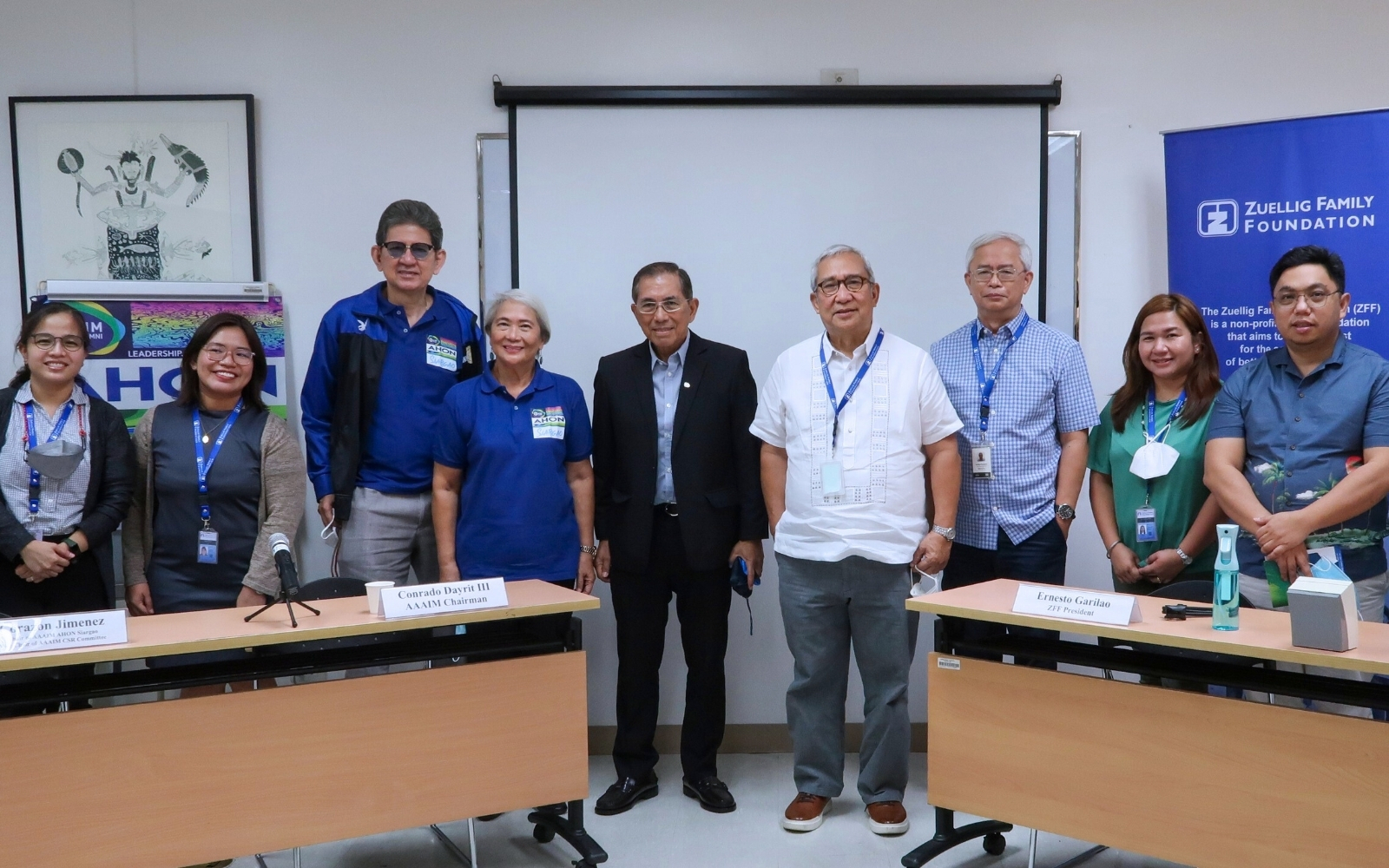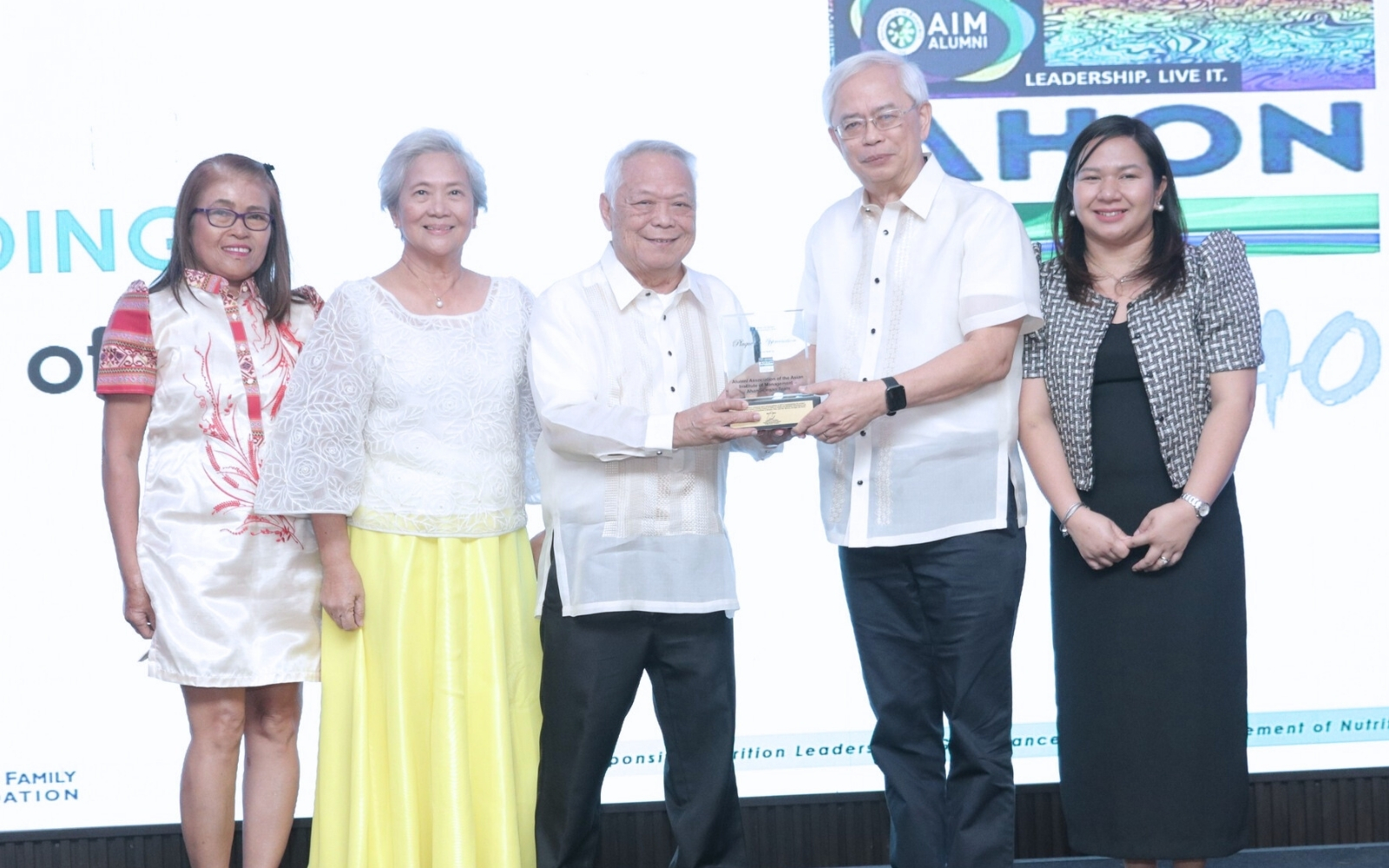Building Stronger Nutrition Systems in Siargao: The Ahon Siargao Experience
Stories

In December 2021, Typhoon Odette tore through Siargao, leaving widespread destruction. Homes, farms, and businesses were destroyed, forcing local governments to focus on rebuilding roads and infrastructure. But amid these challenges, another critical issue remained: nutrition.
Siargao’s economy relies heavily on tourism, but agriculture is also essential for many residents. The typhoon made food security an even bigger problem. Food prices were already high because many goods had to be transported from the mainland. The storm’s impact worsened this situation, making it harder for families to access nutritious food.
The State of Nutrition in Siargao
From 2019 to 2022, the stunting rate in Burgos, Pilar, and Sta. Monica fluctuated, reaching medium public health concern levels (10%-<20%) based on World Health Organization (WHO) classification. Wasting rates were lower but still needed attention. While these municipalities had an 85% Operation Timbang Plus (OPT+) coverage on average, improving screening and data collection was necessary to understand and address nutrition challenges better.
Ahon Siargao: A Community-Led Nutrition Initiative
In response, the Ahon Siargao Capacity Enhancement (CAPE) Program was launched. Led by the Alumni Association of the Asian Institute of Management (AAAIM) and supported by private organizations and civil society groups, including the Zuellig Family Foundation (ZFF), the program aimed to improve nutrition for pregnant women and children under two years old.

The initiative built on lessons from past nutrition programs and followed ZFF’s 8 Critical Knobs of Nutrition Governance. It focused on three key areas:
- Strengthening Municipal Nutrition Committees
- Investing in nutrition planning and programs
- Training barangay leaders, health workers, and volunteers
Efforts included regular Operation Timbang Plus sessions, pregnancy tracking, prenatal services, immunization, and feeding programs for at-risk mothers and children. Through these, Siargao’s local nutrition teams became more cohesive, working together towards shared goals.
Stronger Nutrition Systems, Better Outcomes
Through the ZFF’s Municipal Nutrition Governance Program (MNGP)-Nutrition and Health Leadership (NutriHeaL), Burgos, Pilar, and Sta. Monica improved their OPT+ coverage from 2022 to 2023. Better data allowed for informed decision-making, leading to:
- More accurate tracking of malnutrition cases
- Stronger referral systems for severe and moderate acute malnutrition (SAM and MAM)
- Higher rehabilitation rates for malnourished children

Key Leadership Lessons
The three municipalities learned that effective nutrition governance requires:
- Collaboration: Engaging local governments, national agencies, private organizations, and NGOs to ensure comprehensive nutrition services. Regular meetings led by mayors helped address emerging challenges.
- Legislation: Establishing Barangay Nutrition Committees through ordinances and adopting key nutrition laws like the Municipal Nutrition Code and RA 11148 (First 1,000 Days Law).
- Data-Driven Decisions: Using technology to improve health and nutrition planning, ensuring programs are based on real community needs.
- Strong Leadership: Having a dedicated Municipal Nutrition Action Officer (MNAO) to coordinate programs and ensure sustainability.
- Community Involvement: Encouraging barangay leaders to take active roles in promoting health and nutrition initiatives.
Challenges and Next Steps
While progress has been made, reducing malnutrition remains a challenge. By 2025, Burgos aims to lower stunting to 11.5%, while Pilar and Sta. Monica target rates below 10%. To achieve this, local governments plan to:
- Maintain a full-time, well-trained MNAO
- Secure permanent employment for Barangay Nutrition Scholars (BNSs) and Barangay Health Workers (BHWs)
- Strengthen programs addressing teenage pregnancy and malnutrition
- Increase parental involvement in health and nutrition education
- Empower barangay leaders to champion nutrition efforts
- Ensure nutrition programs continue despite leadership changes

The Ahon Siargao initiative has proven that with strong leadership, collaboration, and commitment, communities can rebuild not just infrastructure, but also the systems that keep children healthy. Siargao’s journey shows that even in the face of disaster, investing in nutrition can pave the way for a healthier future.